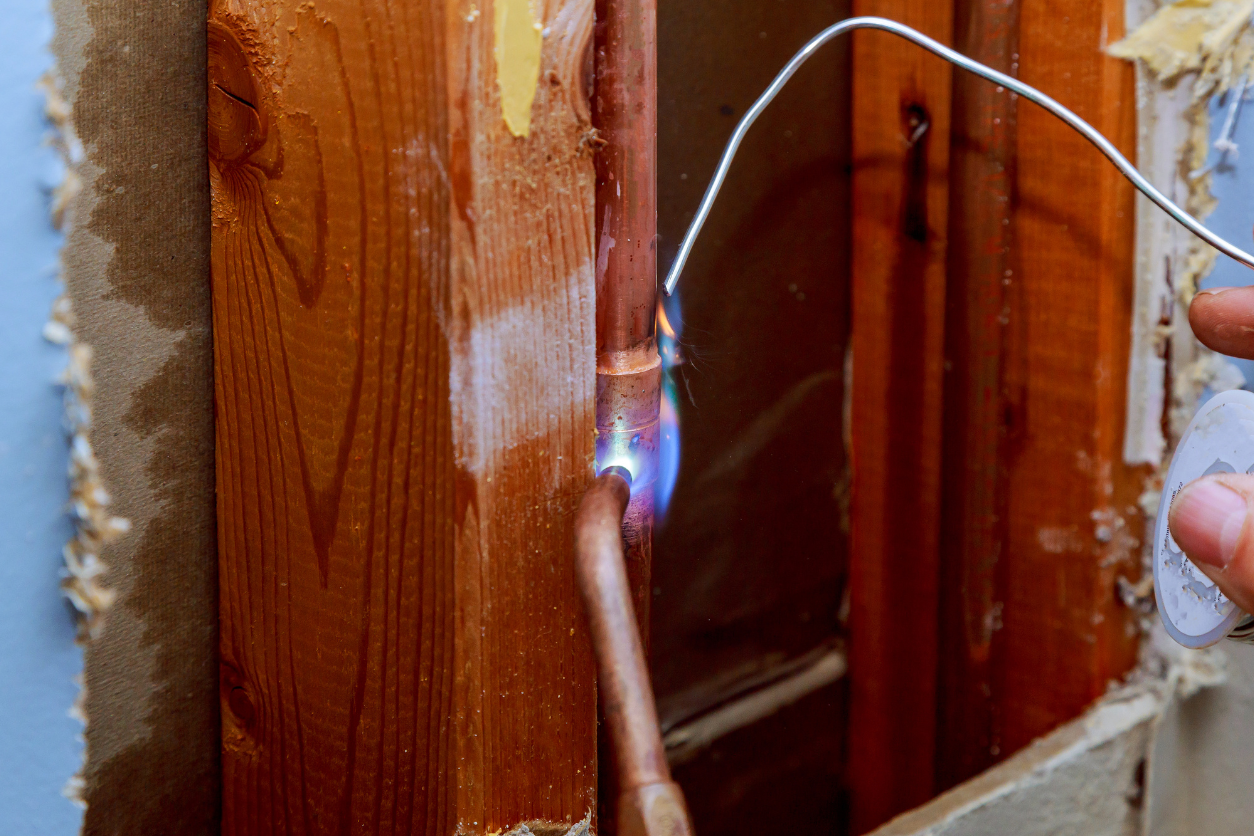Brazing vs. Soldering: What Is the Difference?

Brazing and soldering are essential techniques for creating robust metal connections. These methods, each with distinct advantages and applications, play a crucial role in joining metal components securely. Understanding the differences between brazing and soldering is vital, whether you’re a DIY enthusiast or a seasoned pro, as it helps you choose the right approach for your project.
This article explores the key disparities between these techniques, including their processes, temperature variations, and the strength of the resulting joints. Whether you want to unite metals as a hobbyist or a professional, grasping the nuances of brazing and soldering is fundamental for successful metalwork.
Brazing: Strong Bonds for Tough Jobs
Brazing is the process of joining two or more metal components using a filler metal with a lower melting point than the base metals. This filler metal, often called “brazing alloy” or “brazing rod,” melts and flows into the joint through capillary action. The base metals, however, do not melt during the brazing process; they are heated to a high temperature, typically above 800°C (1470°F), which allows the filler metal to adhere to them.
The primary advantage of brazing lies in its ability to create strong and durable joints. Because brazing occurs at higher temperatures than soldering, the resulting bond is often more robust and can withstand greater mechanical stress and higher temperatures. This makes brazing suitable for applications that involve heavy loads, pressure, or exposure to elevated temperatures, such as in the aerospace and automotive industries.
Soldering: Delicate Bonds for Delicate Work
On the other hand, Soldering is a technique well-suited for joining small and delicate components. A filler metal known as “solder” is used in soldering, which melts at a lower temperature than brazing alloys—typically below 450°C (840°F). This lower melting point prevents damage to sensitive components and allows for precise control over the soldering process.
The bond created through soldering is generally not as strong as a brazed joint, but it is more than adequate for applications where mechanical strength is not a primary concern. Soldering is commonly used in electronics, jewelry making, plumbing, and other industries where a secure yet delicate connection is required. Due to its lower temperatures, soldering is less likely to affect the structural integrity of the base metals.
However, soldering generates smoke and fumes as the materials are heated, potentially emitting hazardous substances. To counteract this concern, soldering workstations often incorporate a solder smoke absorber. This device captures and filters smoke, fumes, and volatile compounds produced during soldering, ensuring a cleaner and healthier working environment.
Choosing the Right Technique
The choice between brazing and soldering depends on several factors, including the materials joined, the intended application of the joint, and the equipment available. Here are some key considerations to help you decide which technique to use:
Strength and durability: If your project involves heavy-duty applications or exposure to high temperatures, brazing is likely the better choice due to its more robust bonds.
Temperature sensitivity: Soldering is preferable because of its lower operating temperatures when working with heat-sensitive materials or components.
Material compatibility: Certain materials may not be suitable for brazing or soldering due to differences in melting points or chemical reactivity. It’s important to choose a technique that is compatible with the joined metals.
Joint size: Brazing is better suited for larger joints, as the higher temperatures ensure proper flow and penetration of the filler metal. Soldering is more appropriate for smaller joints where precision is required.
Skill level and equipment: Soldering is generally considered easier to learn and requires less specialized equipment than brazing, which can demand more advanced skills and specialized torches or furnaces.
Conclusion
Brazing and soldering are two distinct techniques for joining metals, each with advantages and applications. Brazing offers strong and durable connections suitable for heavy-duty applications, while soldering provides delicate yet secure bonds for more intricate work. The choice between the two methods depends on factors such as the joined materials, the desired strength of the joint, and the tools at your disposal. Understanding these differences will empower you to make informed decisions and achieve successful results in your metalworking endeavors, whether building a skyscraper or crafting a fine piece of jewelry.